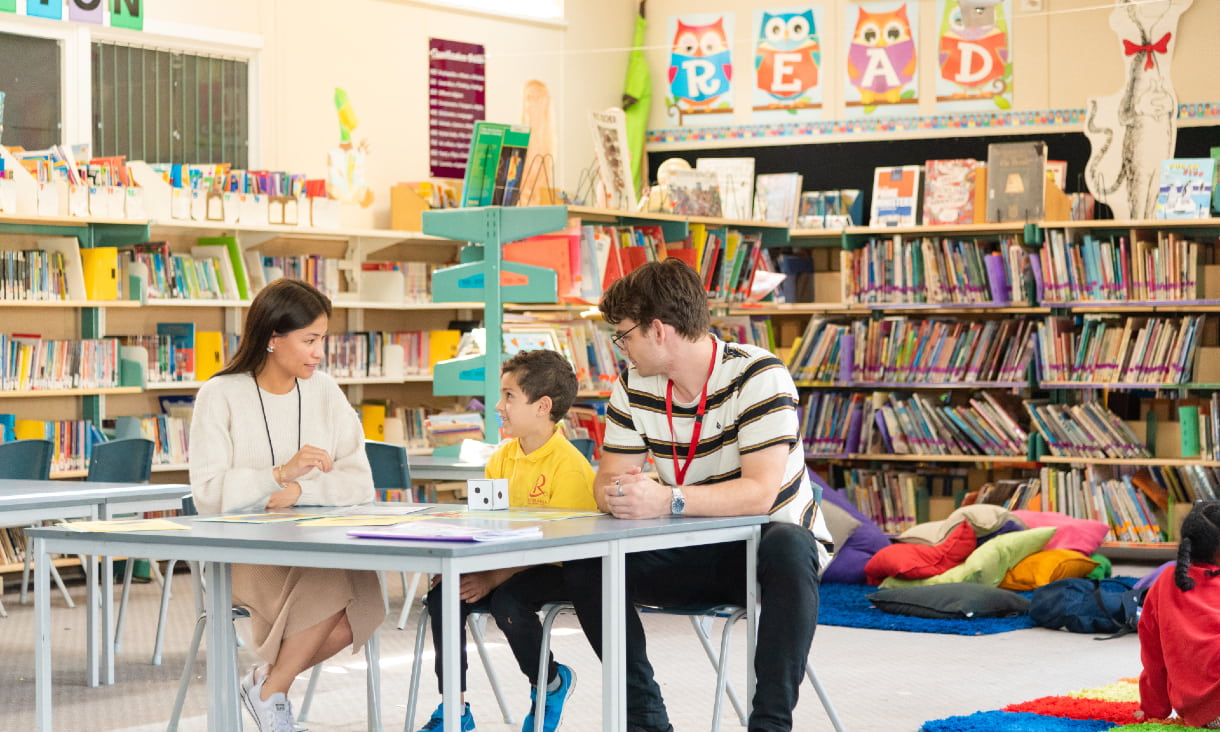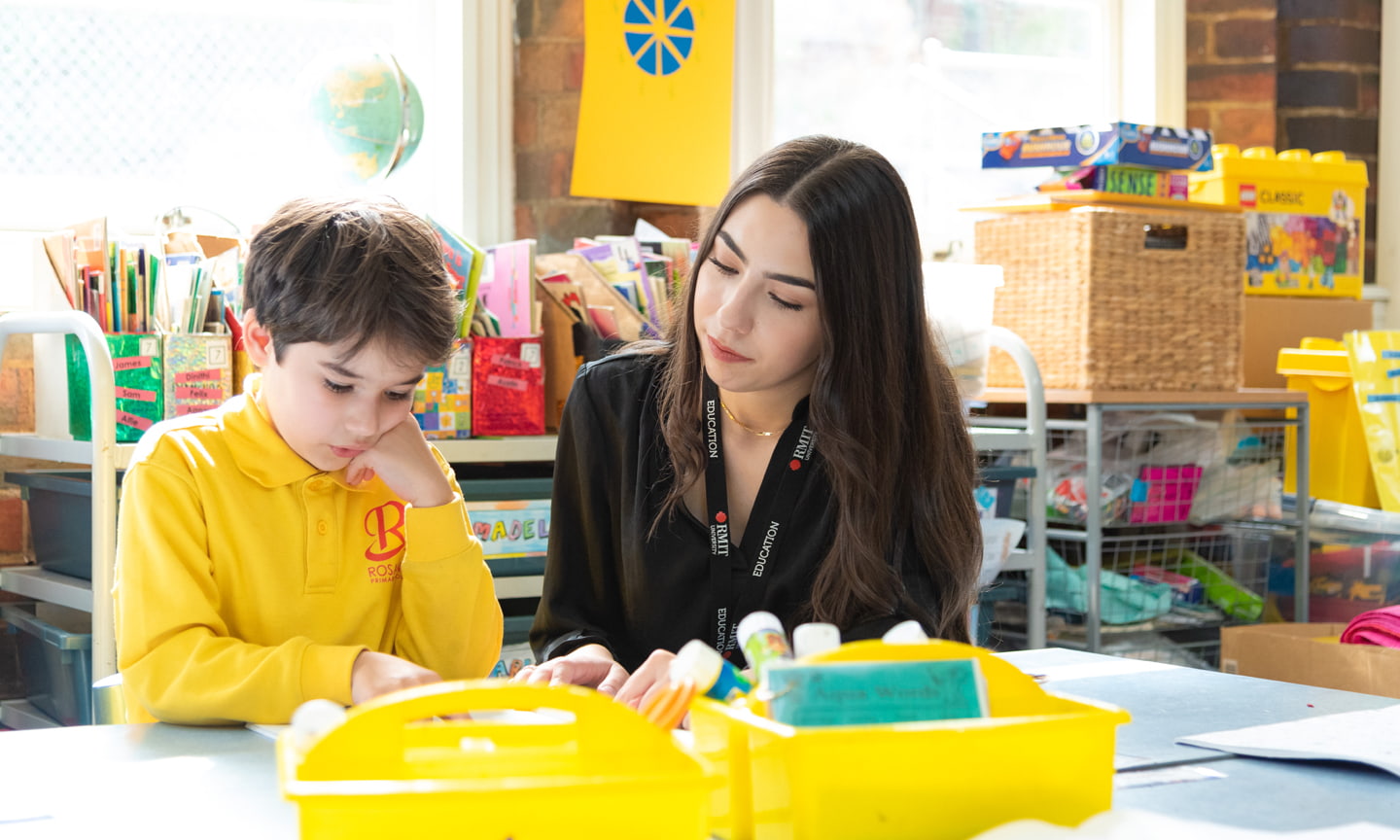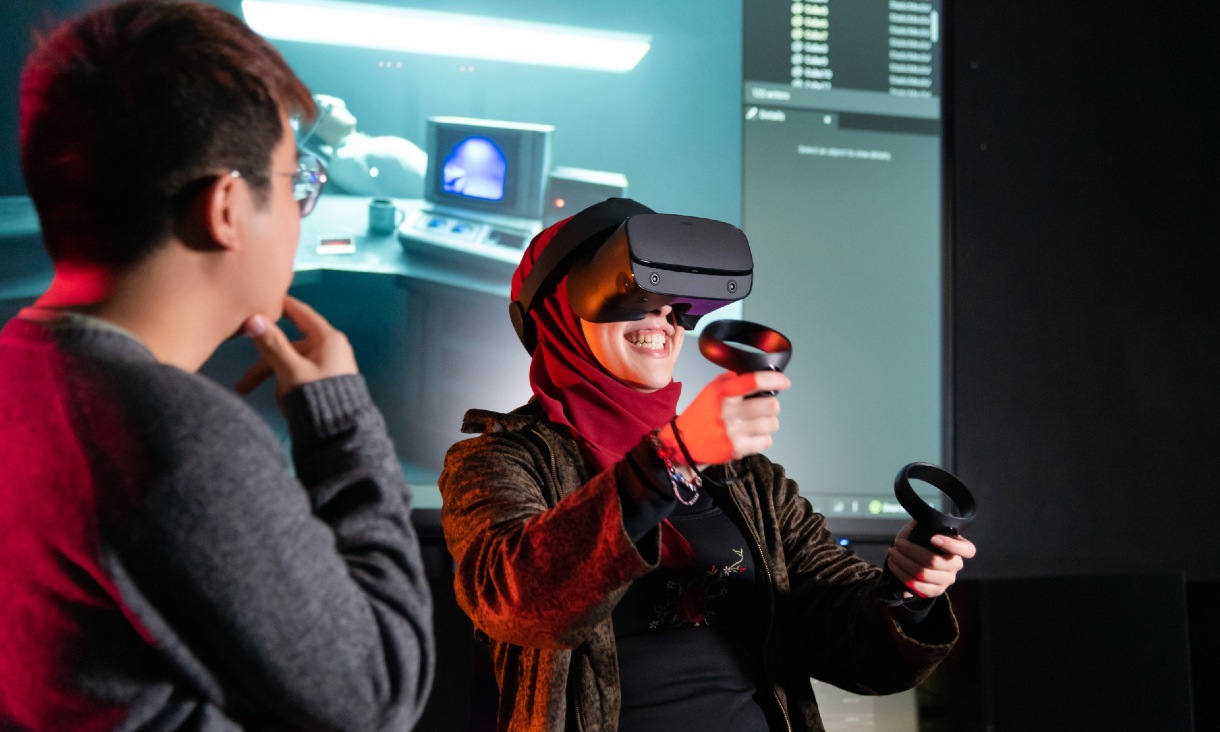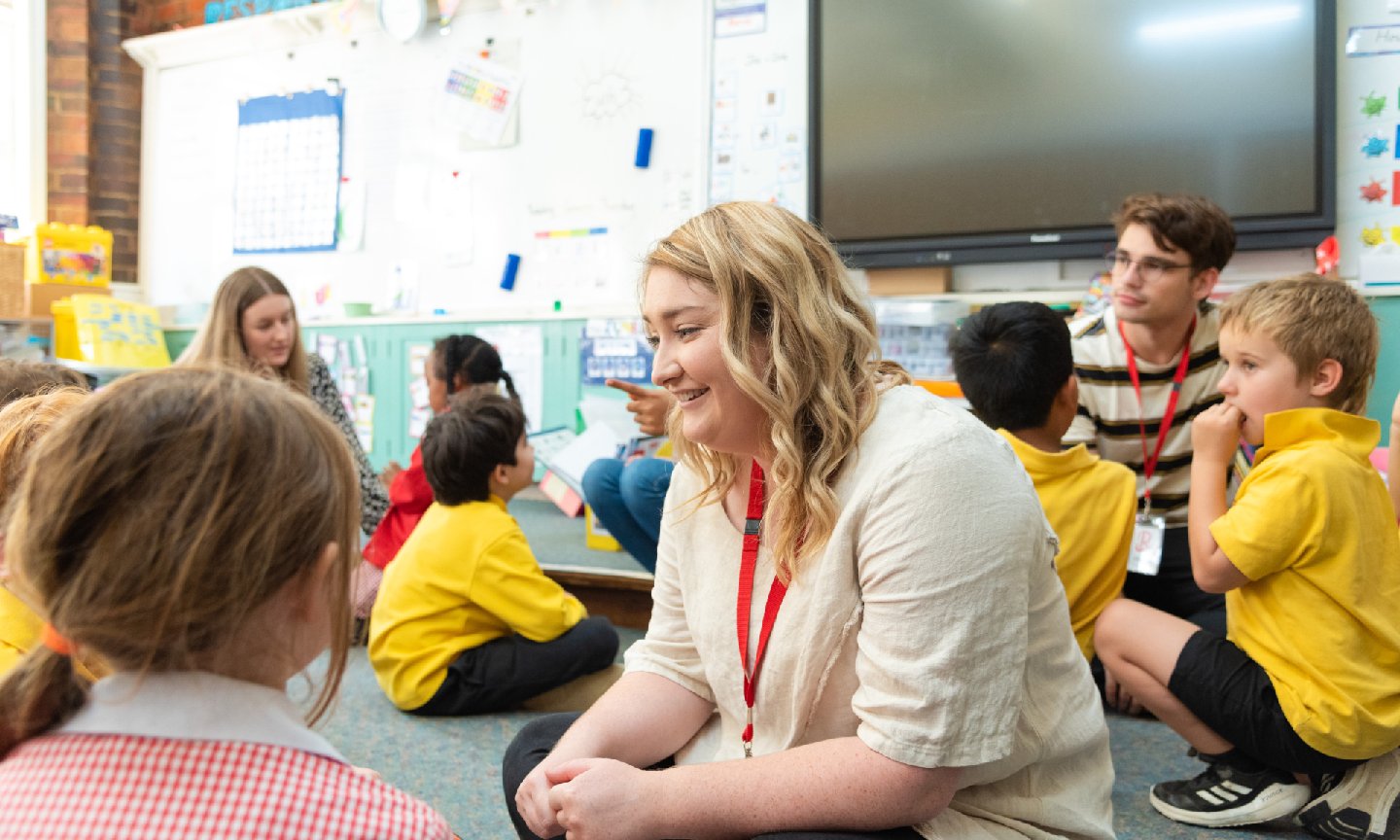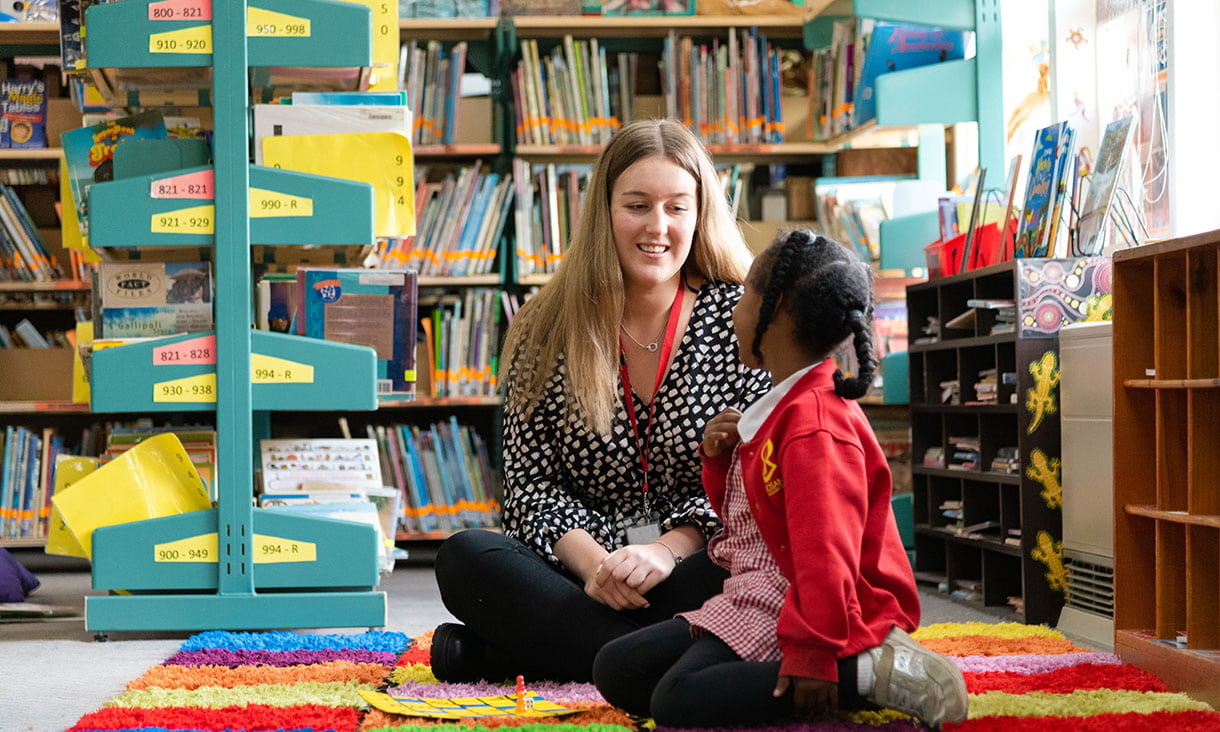The shortage of teachers in Australia has led the federal government to roll out the National Teacher Workforce Action Plan – its number one priority is increasing the number of teachers in Australia.
As part of this action plan, millions of dollars have been contributed to scholarships and subsidises to help train future teachers. For example, in the last two years the government has dedicated $159 million in support of Commonwealth Supported Places in education courses.2
It’s not just the federal government giving support, the Victorian state government has announced that up to 200 scholarships will be available for students enrolling in secondary teaching degrees in 2026.3
The teacher shortage also represents an opportunity for graduates. In the next five years, the number of roles for teachers in Australia is expected to increase by 9.4%. With over 11,150 currently available teaching job opportunities across the country, there is significant potential for those looking to build a career in education. 4
If you’re looking to gain the foundational knowledge to start working as a teacher, the Bachelor of Education might be right for you. If you have a background in a certain field already and are looking to gain the expertise to teach it, you should check out the Master of Education.
The newly introduced Bachelor of Education (Primary and Secondary) specialisation gives you a broad knowledge of learning, teaching, curriculum and assessment as a primary generalist, while also providing specialised focus on subject-specific secondary teaching.
If you’re unsure where your passion lies between Primary and Secondary teaching, this course pairs both! You'll develop a teaching skillset that prepares you for classes from primary all the way to VCE. You’ll also get in-depth knowledge and expertise in your chosen area, whether it be biology, English, mathematics, physical education, or psychology.
